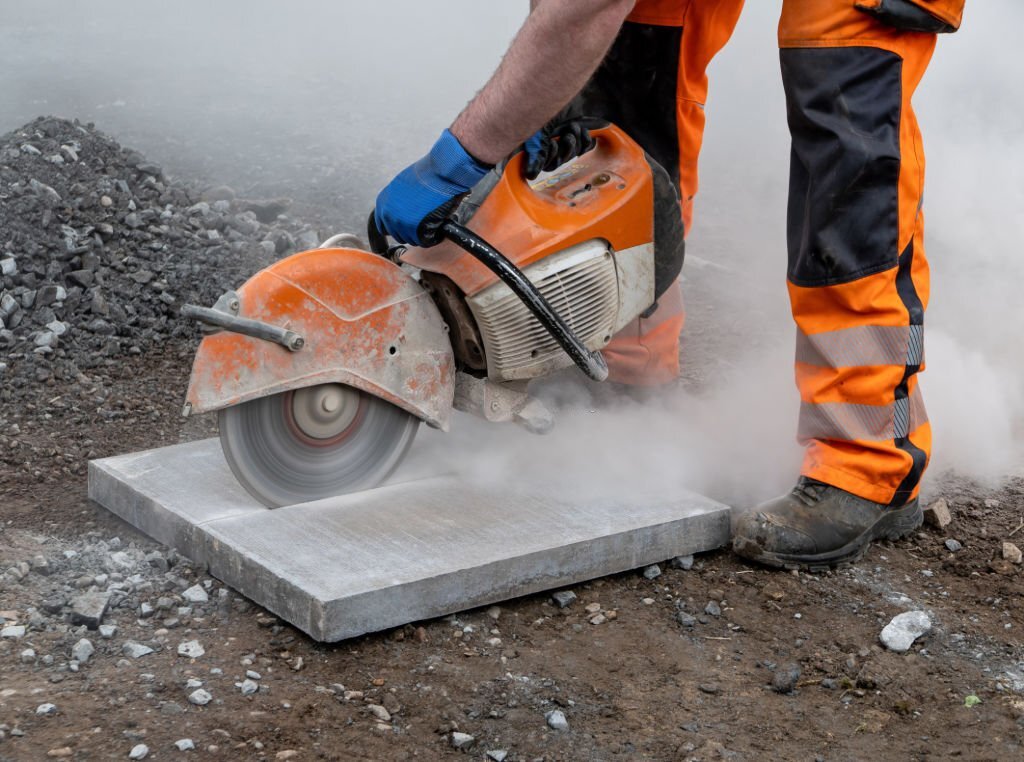
The weight and design of pavers play a crucial role in their performance across various paving projects. Asphalt pavers are essential heavy equipment in road construction and maintenance, and their weight distribution, screed design, choice of tracks or wheels, and overall compactness significantly impact their efficiency and the quality of asphalt placement. In this comprehensive 4000-word article, we will delve into the influence of weight and design on paver performance. Discover how these factors affect paving efficiency, surface smoothness, maneuverability, and overall project success, enabling construction professionals to choose the most suitable pavers for their specific applications.
1. Weight Distribution and Stability
The weight distribution of pavers affects their stability and performance during paving operations:
Even Weight Distribution
Enhanced Traction
Optimal weight distribution ensures adequate traction, especially on challenging terrains and slopes.
Reduced Rutting
Evenly distributed weight helps prevent rutting and irregularities in the asphalt surface.
2. Screed Design and Versatility
The design of the screed impacts the versatility and precision of the paving process:
Various Screed Types
Pavers equipped with different screed types offer versatility in achieving various pavement thicknesses and surface profiles.
Hydraulically Extendable Screeds
Hydraulically extendable screeds allow for quick adjustments to accommodate varying project requirements.
Specialty Screeds
Some pavers have specialty screeds designed for specific applications, such as airport runways or bus lanes.
3. Tracks or Wheels: Impact on Maneuverability
The choice between tracks and wheels affects the maneuverability of the paver on construction sites:
Track Pavers
Track pavers offer superior traction and stability, making them suitable for challenging terrains and large-scale projects.
Wheeled Pavers
Wheeled pavers are highly maneuverable, ideal for projects with frequent movement and changes in direction.
Hybrid Pavers
Certain pavers are designed with both tracks and wheels, providing the benefits of both systems.
4. Compactness and Urban Applications
The compactness of pavers makes them suitable for urban areas and projects with limited space:
Narrow Paving Width
Compact pavers with narrow paving widths are ideal for city roads and streets with limited space.
Tight Turning Radius
The compact design allows pavers to maneuver efficiently in tight spots and congested construction sites.
Lower Operating Costs
Compact pavers often have lower operating costs compared to larger models, benefiting smaller projects.
5. Impact on Paving Efficiency
The weight and design of pavers directly affect their overall paving efficiency:
Paving Speed
Paver weight and design influence the paving speed, determining the rate at which the asphalt surface is laid.
Continuous Paving
Efficient material handling systems and paver design ensure continuous asphalt mix delivery, reducing interruptions.
Reduced Manual Intervention
Automation and control systems in modern pavers minimize the need for manual adjustments, improving efficiency.
6. Quality of Asphalt Placement
Weight and design impact the overall quality of the asphalt placement:
Smooth and Uniform Surface
Well-designed pavers with even weight distribution create a smooth and uniform asphalt surface.
Proper Compaction
Pavers with optimal weight and screed design ensure proper compaction of the asphalt mix for durability.
Joint Construction
Precise weight and design contribute to seamless longitudinal joints between adjacent paving passes.
7. Performance on Challenging Terrains
The weight and design of pavers affect their performance on challenging terrains:
Stability on Slopes
Pavers with even weight distribution and track systems offer better stability on steep slopes.
Efficient Traction
Weight distribution and traction systems impact the paver’s ability to work on soft and unstable soils.
Adaptability to Varied Conditions
The design of pavers allows them to adapt to diverse terrain and climate conditions.
8. Special Considerations for Specialized Projects
Certain paving projects require specific weight and design considerations:
Highway Class Pavers
Highway-class pavers are designed with substantial weight and high paving outputs for large-scale highway construction.
Airport Runways
Pavers used for airport runway construction require specialized designs and precise weight distribution.
Urban Renewal Projects
Compact and maneuverable pavers are preferred for urban renewal projects with limited space.
Conclusion
The weight and design of pavers significantly impact their performance in various paving projects. The weight distribution affects stability and even asphalt placement, while the screed design provides versatility and precision in achieving different pavement profiles. The choice between tracks or wheels impacts maneuverability and traction, crucial for projects in challenging terrains. Compactness makes pavers suitable for urban areas with limited space, enhancing overall efficiency. Proper weight and design result in smooth and uniform surfaces, joint construction, and proper compaction for durable roadways. Specialized projects require specific weight and design considerations to meet project requirements effectively. By understanding the influence of weight and design on paver performance, construction professionals can choose the most suitable equipment for successful and high-quality paving projects across diverse applications.

